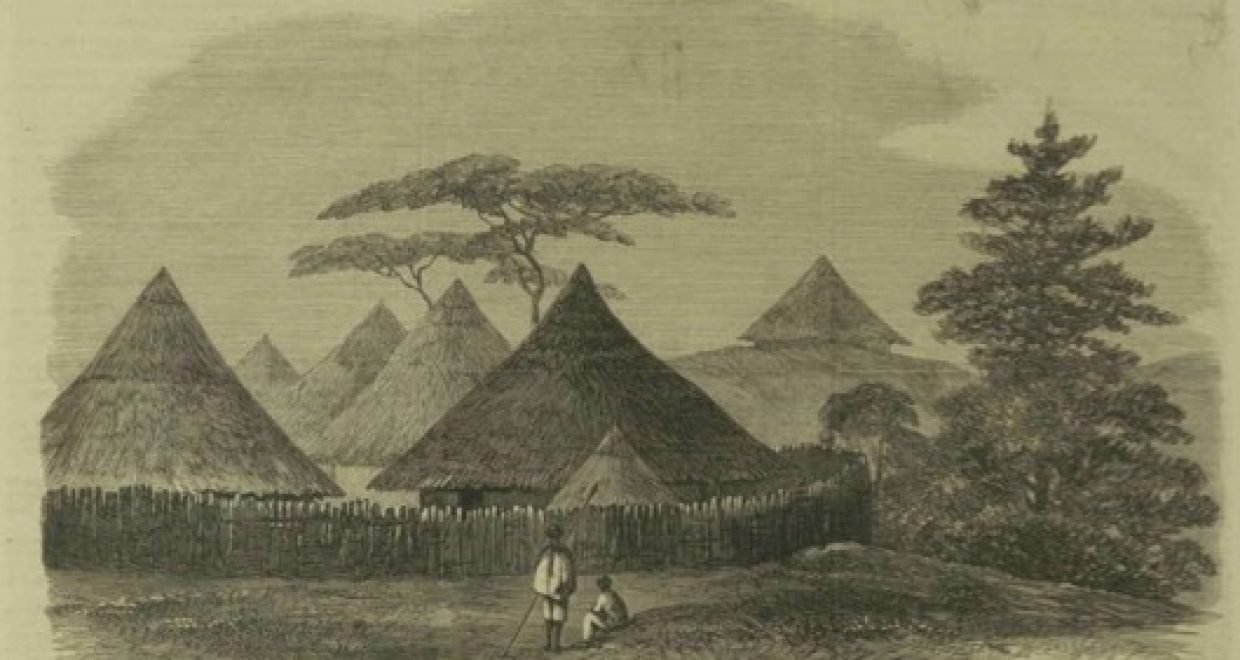Planned Plunder? The British Museum and the 1868 Maqdala Expedition
In 1871 Prime Minister William E. Gladstone made a statement to the House of Commons in which he regretted ‘that those articles were ever brought from Abyssinia, and could not conceive why they were so brought. They were never at war with the people or the churches of Abyssinia.’ [i] Gladstone was responding to the ongoing dispute about the final military prize money to be distributed to soldiers on the 1868 expedition to free British hostages in Maqdala, Ethiopia (then known as Abyssinia). At the same as these hostages were freed, manuscripts, crowns and various religious artefacts were looted by the British Army and the British Indian Army from the fortress of the Emperor Tewedros. These had subsequently been bought by Richard Holmes, a curator from the British Museum, who accompanied the military expedition as the museum’s archaeologist.
Gladstone was not alone in lamenting the removal of items from Maqdala. In an 1870 history of the British Museum, Edward Edwards chastised Holmes for his acquisition of religious objects as ‘utterly unworthy of the British arms and name’. [ii] Religious objects included tabots (altars representing the Ark of the Covenant) sacred to the Ethiopian Orthodox Church, which only priests in the Church can see, even while they are still in the possession of the museum. In September 2022 these tabots became the subject of a Freedom of Information request from the UK based pressure group Returning Heritage for the museum to release details around restitution claims.[iii] Our paper shows that it was a letter written on 3 October 1867 by Charles Thomas Newton, Keeper of the Department of Greek and Roman Antiquities, to Sir Roderick Murchison, the President of the Royal Geographical Society, requesting that an archaeologist from the museum be sent with the expedition, that put in motion the circumstances that led to these sacred objects entering the British Museum’s (and a number of other museums’) collections.[iv]
And yet, the material that Newton wished to be collected were antiquities related to Greek-ruled (Ptolemaic) Egypt and the ancient silk route to South Asia. The plunder of cultural heritage on the Maqdala expedition was premeditated, but we argue that it did not go to plan. In addition, the inclusion of a man from the museum made this expedition unique in the British Museum’s history. Understanding the plunder of Maqdala, illustrates the entanglement of politics and imperialism with scientific and cultural institutions in Victorian Britain and underlines the importance of undertaking accurate and wide-ranging research on the history of collections.
Planned Plunder, The British Museum and the 1868 Maqdala Expedition
[i] Parliament, House of Commons Debate, 30 June 1871, vol. 207 col. 939-52.
[ii] E. Edwards, Lives of the founders of the British Museum: with notices of its chief augmentors and other benefactors. 1570-1870. Volume 2 (London, 1870), p. 705.
[iii] ‘British Museum is pressed to explain its refusal to return sacred tabots to Ethiopia’, Returning Heritage website. Available at: www.returningheritage.com/british-museum-pressed-to-explain-refusal-to-return-sacred-tabots [accessed 11 October 2022].
[iv] Newton to Murchison, 3 Oct. 1867, London, The British Library / BL – AM, Murchison Papers, III, ADD MS 46127, ff.271 – 274, F. 271.






